As part of my #atlanticloop project I started to tackle another open item on my list: Insurance of my boat. Of course, GEKKO does already have a proper liability insurance and a nice all-in policy which I would recommend no matter where you sail when you buy a brand new boat whatsoever. But, knowing that insurance of a boat first of all is as well a question of where you sail, I knew that I´d had to expand and adapt my insurance to fit the transat-project.
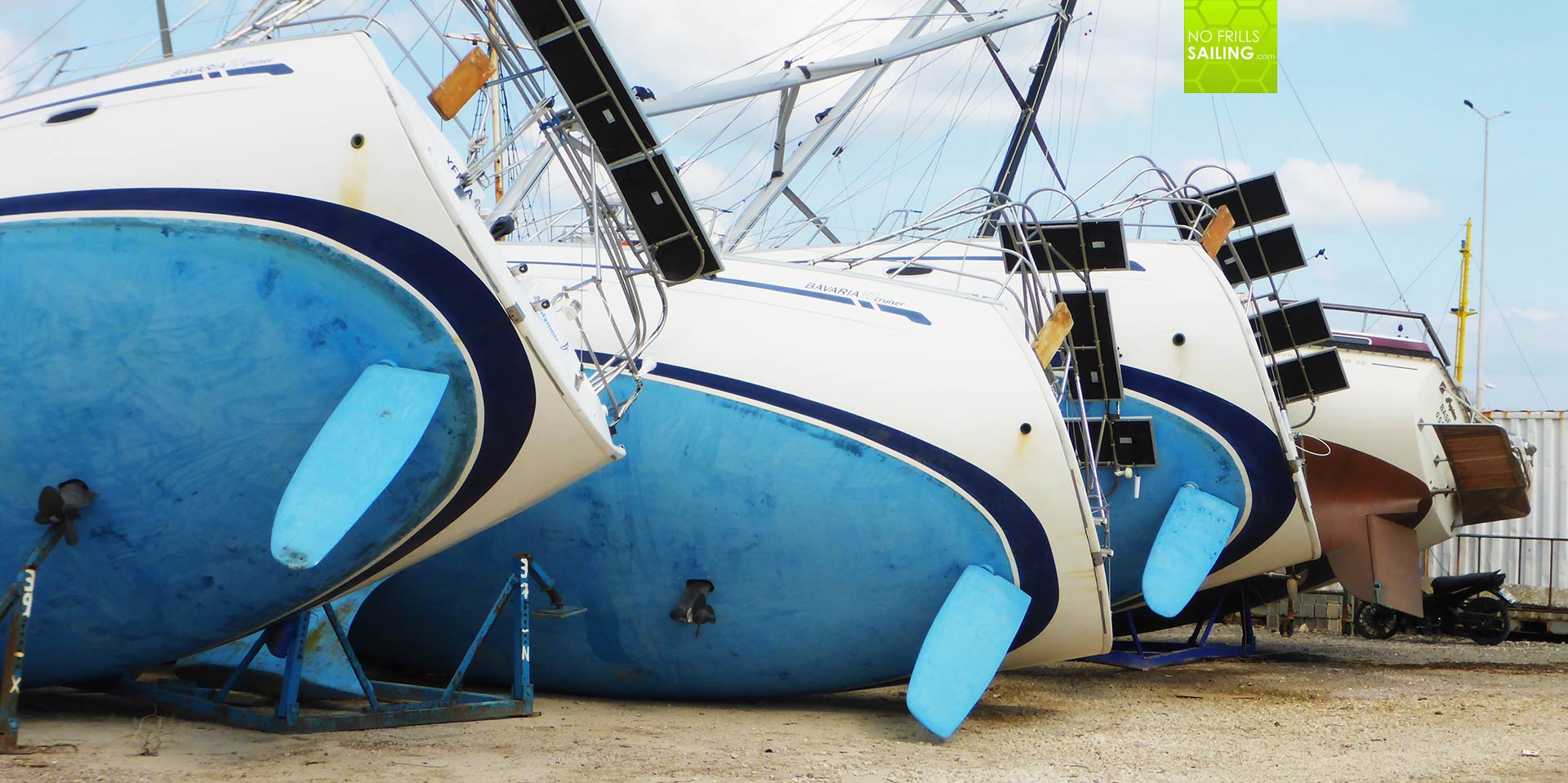
In this I made an appointment with Mario Wodrich of Pantaenius in Hamburg. Pantaenius is Europe´s biggest boat insurance provider and as the market leader I was sure to receive a proper session and counselling in what and how to insure my precious boat when sailing across the Atlantic Ocean. Well, as it turned out, it´s a bit more complicated that I´d thought initially …
Risk Assessment: The most crucial part for Insurance Companies
Mario takes a lot of time to shown me around in the headquarter offices which, due to Covid-crisis had currently been half-empty as most of the employees work in their homes. We sat down, had a fresh coffee and he started to explain what an insurance company is doing: “First of all”, Mario starts, “an insurance company has to assess the risks it is insuring its clients against. The point is to determine a likelihood of a damage and put this in relation to the values insured.” I learn: Statistics and stochastics are the main tools of an insurance company. “The point is, both variables are changing all the time … take the weather.”
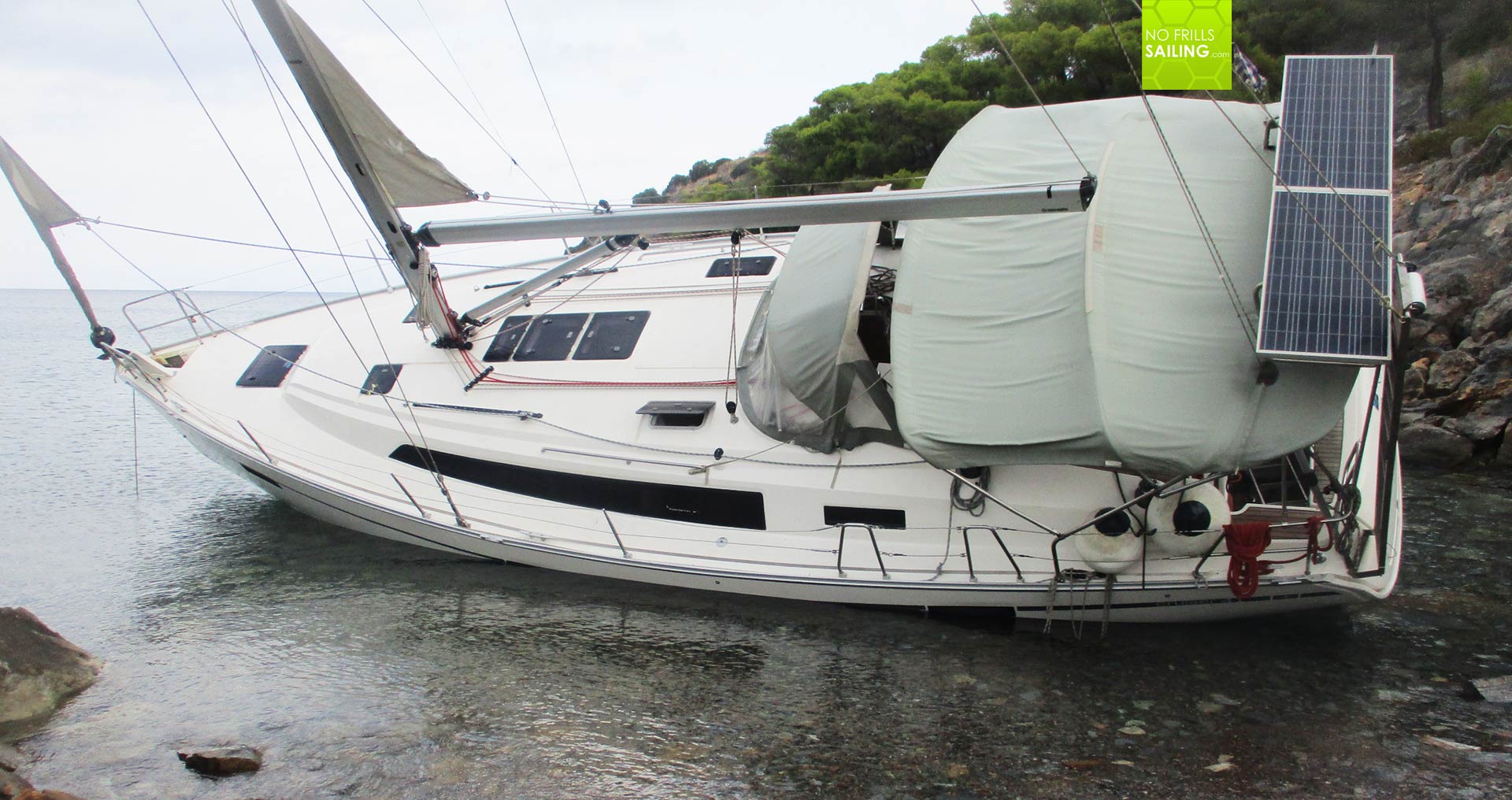
“As climate change globally progresses, the severity of, let´s say big storms, floodings and heavy wind events increase”, says Mario. Compared to 1990 Pantaenius has registered a significant plus of such severe weather events. But one cannot say that this is the same everywhere as there are regions with a higher probability of severe weather events and storms happing than others: “We track every storm, every low pressure system and of course keep a close eye on notifications of damage claims to draw a picture of where, when and how heavy things are happening. In this, we can re-evaluate risks – and as such the rate of the premiums.”, Mario explains. So, the area of sailing determines the insurance contributions. What else? „Well, next to this, we have other risks like damage from collisions, for example.” Is this really a thing, I ask? Mario nods: It happens, depending on the area of sailing. As container traffic and global professional shipping increases ever so slightly, naturally, more containers are lost at sea and as such the probability of a incident is higher. “But that is not the most likely or the most usual damage”, says Mario. “Of course, most collisions still happen in connection with other boats or even jetties. However, so-called UFOs, i.e. unidentified floating objects, are not uncommon, especially in the blue water area. Even if the much-feared container is a rather rare occurrence.”
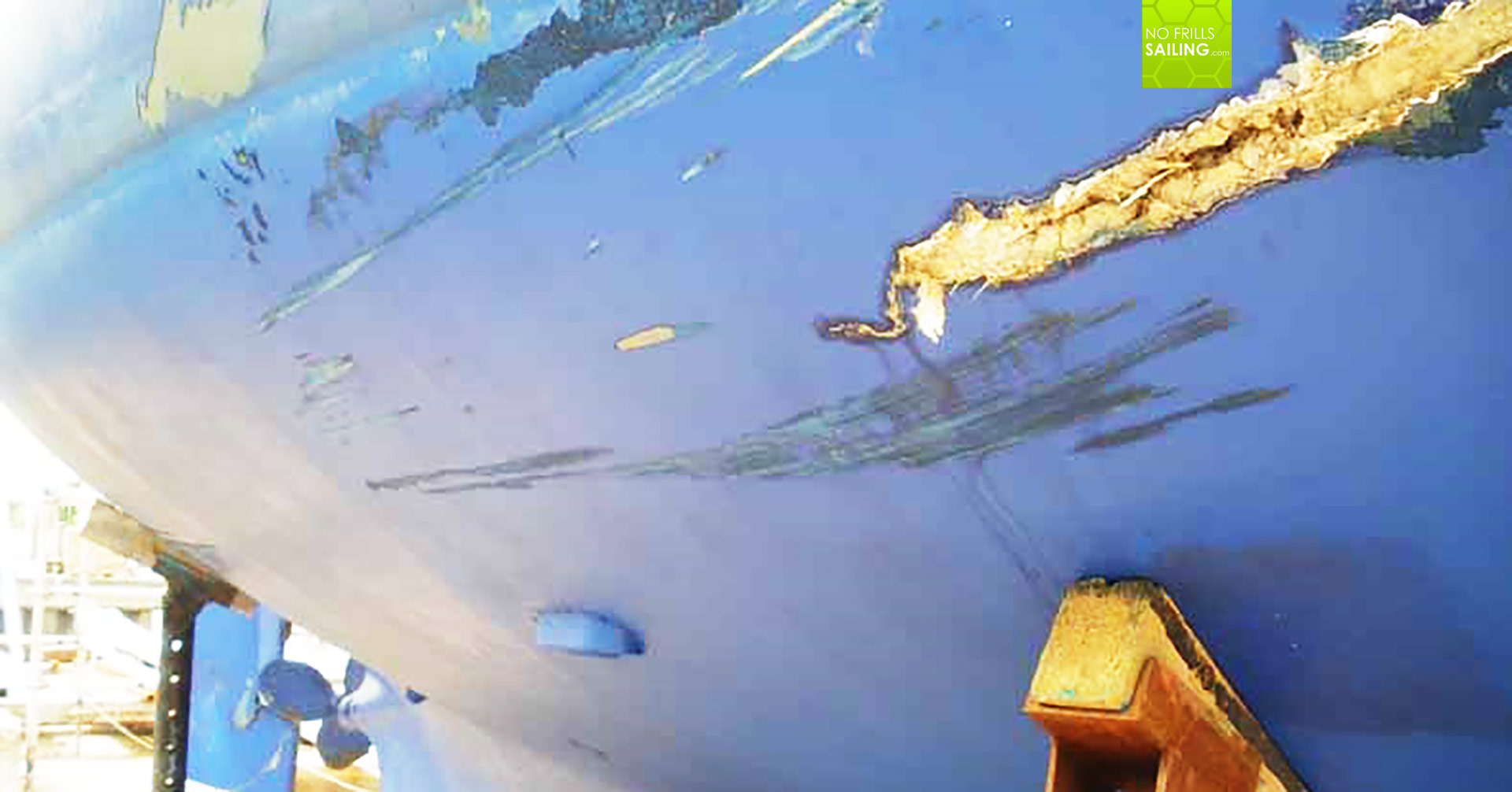
“Especially in the Caribbean and the Southern Mediterranean we have a high probability of lightning-strikes, for example. This is not an unusual thing. Thunderstorms are very frequent, depending on the time of the year.” And we all know what happens when a lightning hits the standing rigging: “Most likely the whole set of electronic equipment will be taken out”, says Mario. “That´s all the plotters, gauges and sensors, VHF-equipment and hardware like antennae, internet-transceivers and, on bigger boats, TV- and HiFi-sets including all wiring, plugs and the whole set of fuses. If you add this, even for a considerably small boat, let´s say a 40 footer, that´s quite an amount! Lightning protection systems such as the DDCE system are slowly gaining ground. However, most cruising yachts are not sufficiently protected when they are launched.” In this, Mario explains, an insurance company will take the value of the boat and compares this to the various risks of the area the boat is sailing in to determine a probability. As such, the premiums will rise or fall, depending of where one is sailing. “Now, the external risks and the geographical location of the boat is one thing – another is the skipper.” And now it gets interesting, because we start to talk GEKKO and myself.
Something special for GEKKO
“First of all, Lars, your boat is special.”, Mario starts: “It is Category B, which is offshore and significant wave heights of up to 4 meters: We prefer, when it comes to transat sailing, boats with a CE rating of Cat A.” Okay, I think by myself … “Next is that your boat is comparatively expensive due to the high building quality and level of equipment, you have aboard: Carbon-rigging, laminate sails and such …” This naturally increases the amount of the premium: When the mast breaks, it will be much more expensive to replace it as it is made from Carbon. “Don´t as well forget that for us the cost to ship a mast to a remote area, let´s say a smaller island, is much higher than just bring it to any port in Europe or North America.” I understand. Also, the size of GEKKO as being just an 8 meter yacht is not the most appropriate type of boat an insurance company would like to cover when it comes to transat sailing. Now, for “normal” boats, getting insurance for a transat voyage is not a very special occasion. “First of all we need the value of the boat.” In this, Pantaenius often has a problem with all those highly motivated young guys: “As exciting as those stories at the end are, for us as insurance companies it is a nightmare. These guys often buy old boats for cheapest prices. They have minimum equipment and often grossly negligent maintenance levels, not to speak of almost zero offshore sailing experience.” Imagine a mast comes down of a 45 year old GRP-boat and you´d have to ship a brand new mast over the Atlantic: “Often, the value of this new mast is much higher than the whole boat.” This may be a setback for all young people thinking of giving way to a bargain …
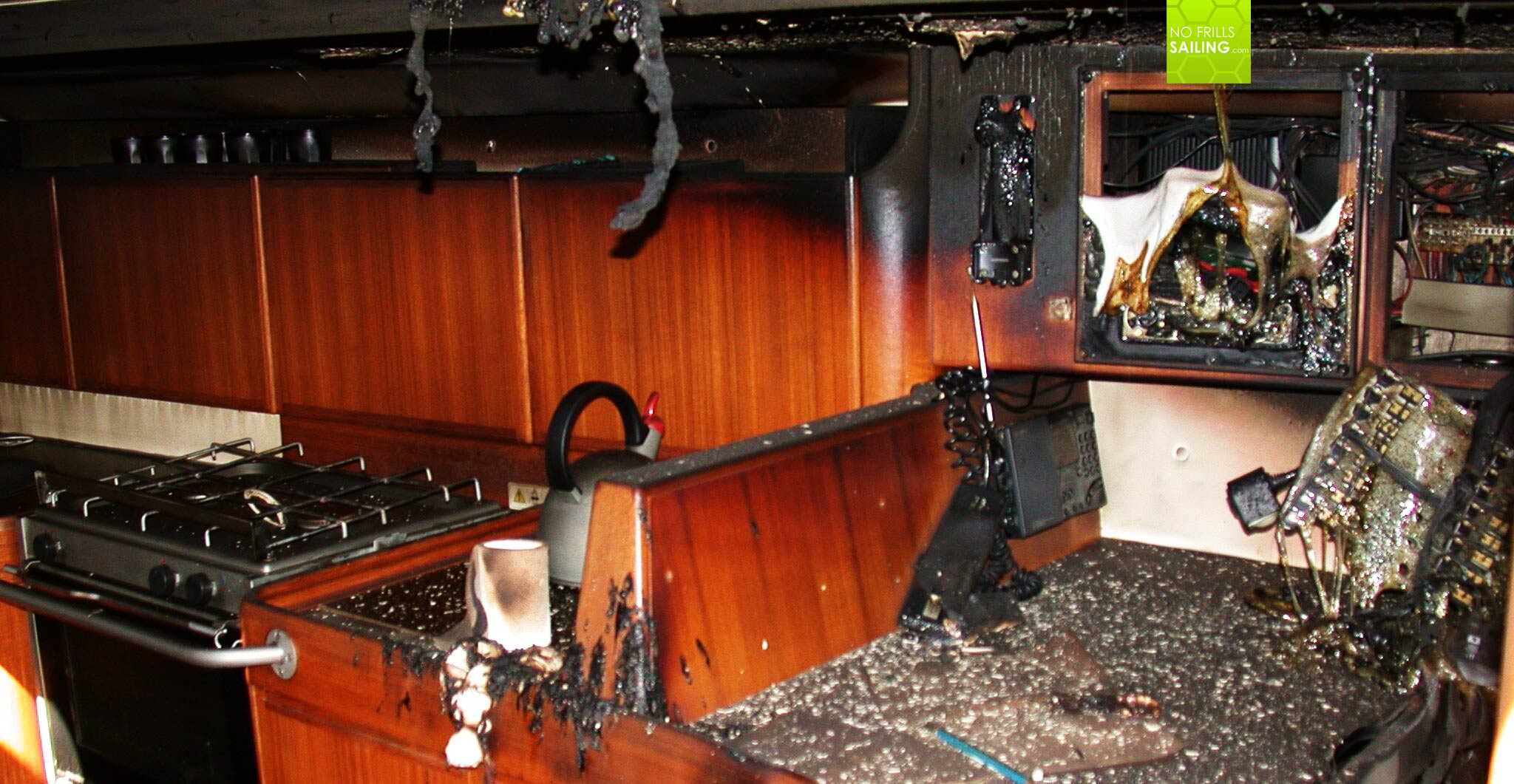
Another trend is electric or hybrid boating. Like with GEKKO: “We see a growing trend towards electric boating, which is pushed hard by politics and followed by manufacturers. It may be a good thing for mother nature, but it comes with its own specialties.”, Mario says. Batteries for example loose their capacity over time and as such their value. Premiums will have to designed accordingly. Also, these systems, often digital BUS-systems, are more prone to failures or blackouts. “This risk increases the more different brands and manufacturers of individual parts of the equipment are put together. Take your boat for example: The whole drivetrain is made by just one manufacturer – which is good for us as we can assume that every part of the setup is made to function. But if you have the engine, battery, shore power and loading-equipment and so forth each made from a different brand, it gets complicated.” Like connecting an iPhone with Android-stuff, or having to run Word on an Apple I guess.
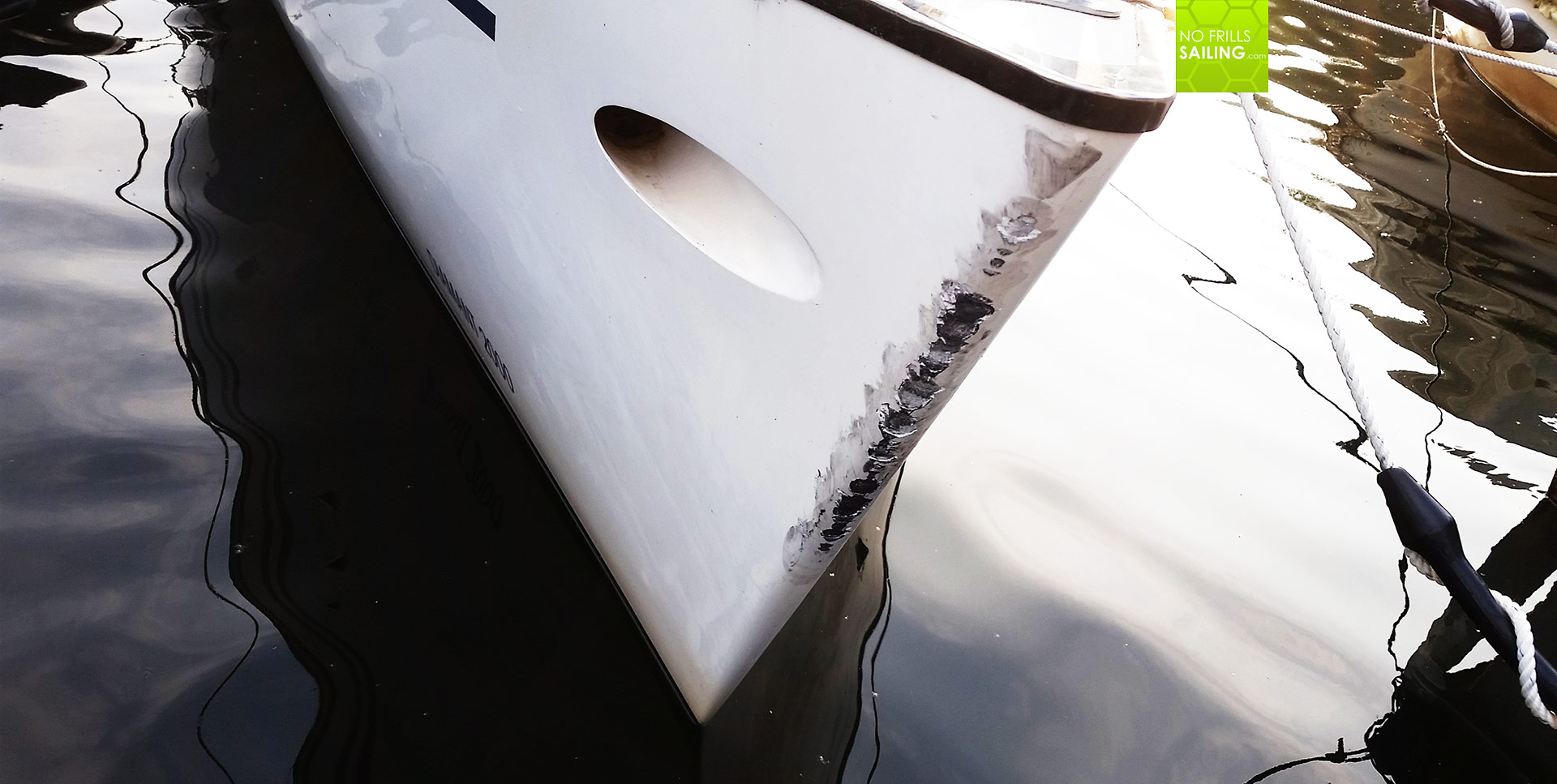
“We do insure sailing races and regattas, but not power boat races”, Mario adds. That said, if you participate in a race it also depends on the type of boat you are sailing. A proper racing yacht that is solely used in regattas has a different risk of costing money than a cruising boat that from time to time is “raced” by a set of friends on a Wednesday afternoon. “If the organizer has not a special deal with an insurance company for his particular event and you tend to inscribe, make sure to ask your individual insurance company if participation is included to be sure”, Mario advises.
What to do?
So, what have I learned? Well, first of all, it is not the easiest thing for me to get my boat insured for the transat-voyage. She is too small, “only” rated Cat B, too valuable and I am sailing alone to a remote area. This all makes my boat and the project too risky, even for a market leader like Pantaenius, to get an ordinary insurance. In order to be able to sleep tight and be sure to be covered, I´d have to get a special designed custom insurance and I am sure this won´t be a bargain. One more thing learned for the #atlanticloop project for sure! I also learned that cheap boats aren´t that cheap, at least not if you want to sail under protection of a proper insurance, something I haven´t thought of initially.
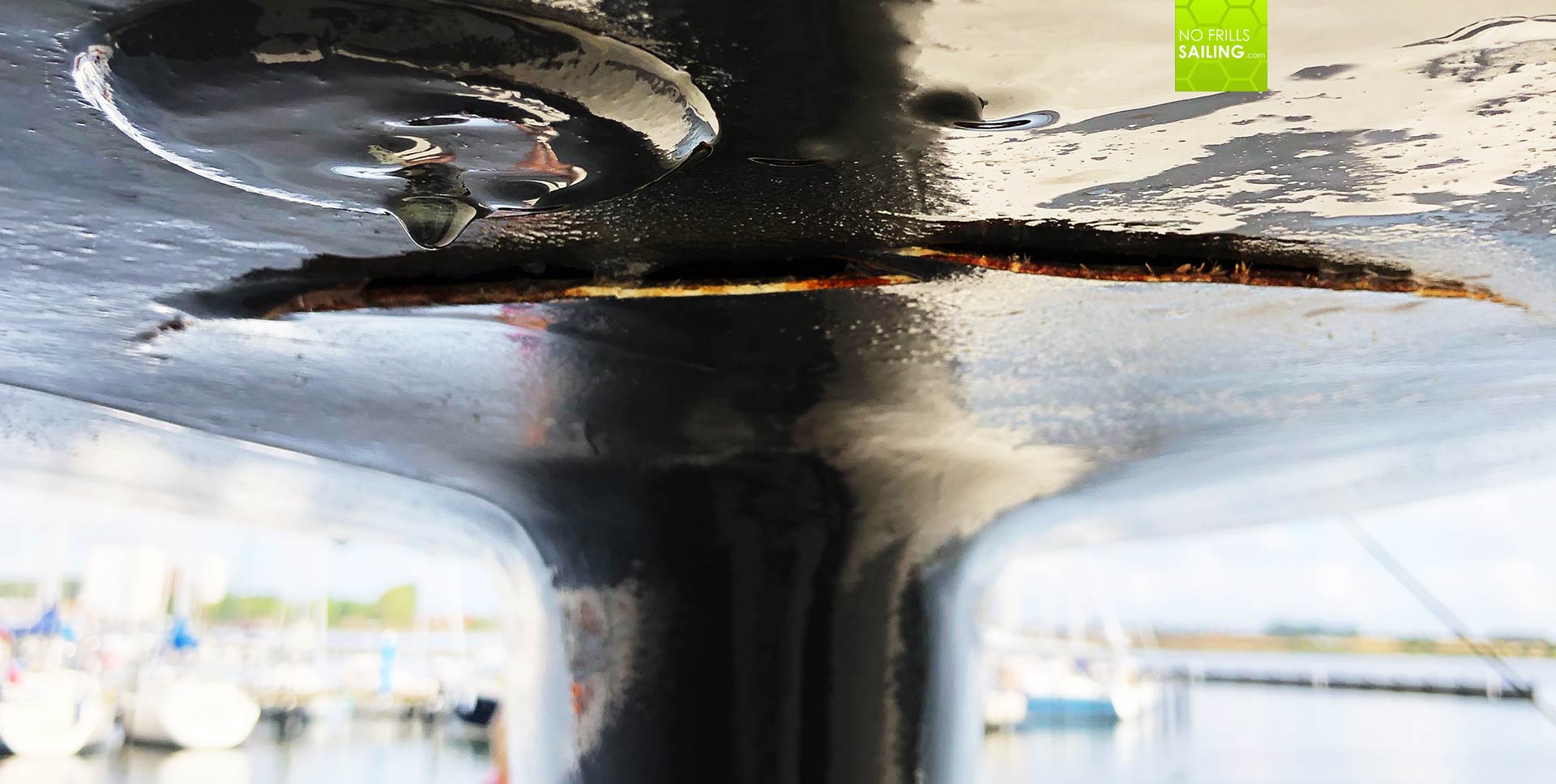
As we say Goodbye I thank Mario for taking his time and explaining so many details to me. I know that occupying oneself with insurance matters isn´t the most exciting thing. Personally, I like more to shop equipment, plan ahead the sailing route or talk about sails, best courses and such. But insurance is a big thing and neither should it be neglected nor ignored: Boats are too expensive to risk paying by oneself for a loss or bigger damage. Not to talk about personal risks for crew and guests. Now, let´s press the lift´s button for one story up …
You might also be interested in reading these related articles:
Sailing halfway round the world
Young, broke – and transat!
Becoming a skilled skipper, parts 1 and 2
